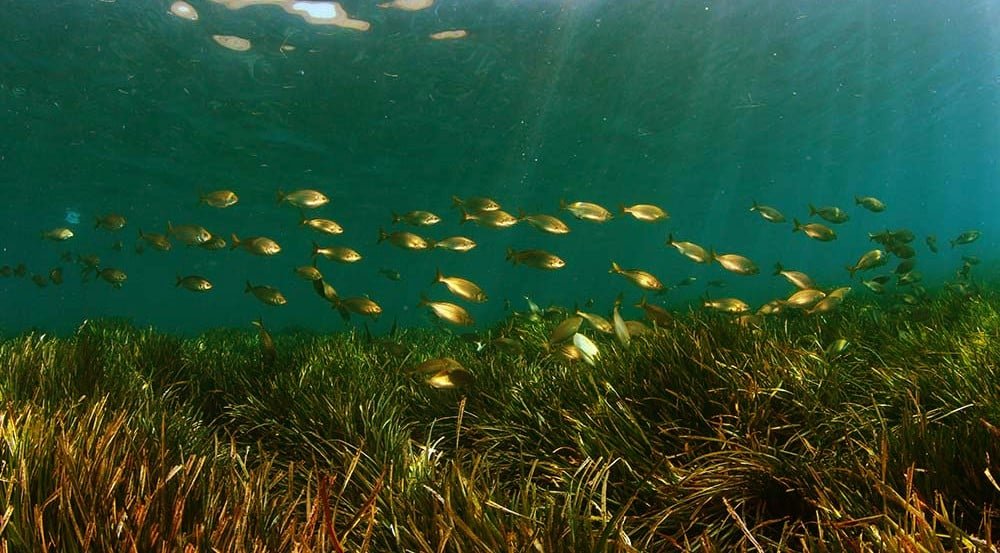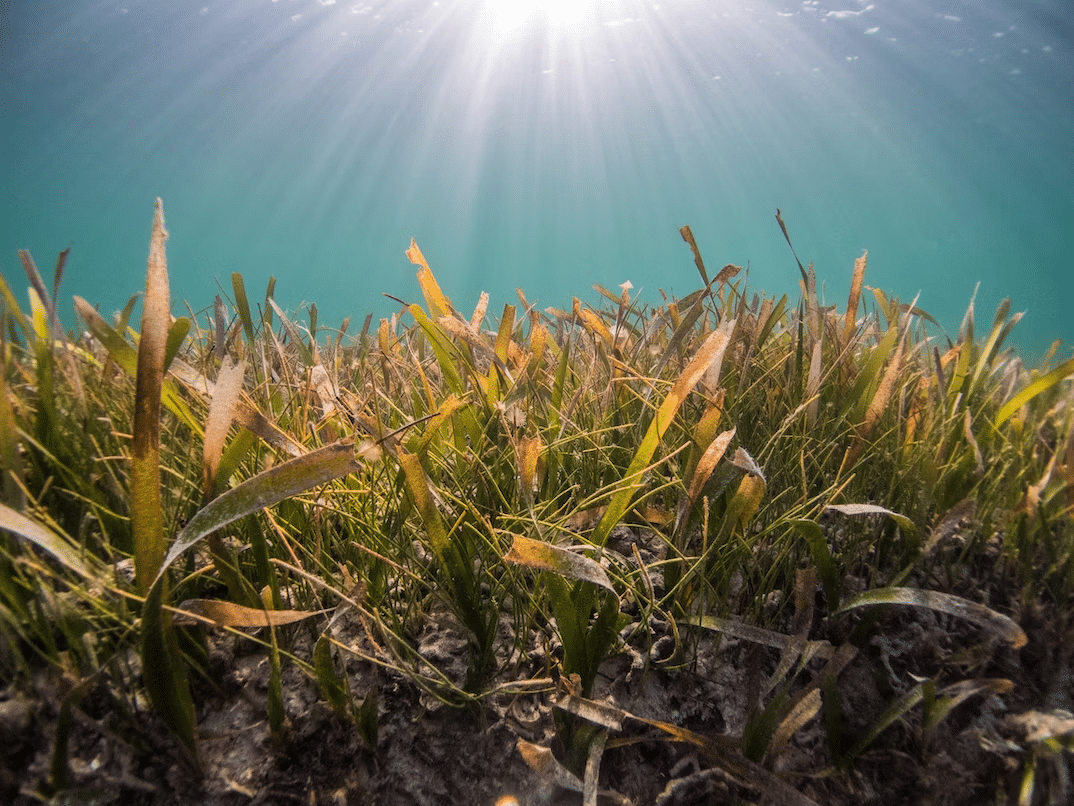A collaboration among four organizations created the first carbon credit accounting methodology in Europe for protecting seagrass beds that have a key role in mitigating the climate, and thus, allowing French companies to use the credits to offset emissions.
EcoAct, Digital Realty France, Schneider Electric France and the Calanques National Park work together in developing the said methodology.
EcoAct is an international climate consultancy and project developer, supporting companies in setting net zero strategies and achieving climate targets.
The Calanques National Park is Europe’s only national park that sprawls on land, sea and suburbs. It is one of the world’s biodiversity hotspots and is home to 200+ protected species both on land and at sea.
First Carbon Accounting for Seagrass Bed
The first low-carbon methodology for the seagrass bed protection in Europe is a result of a research project called the “Prométhée-Med”. Implementing the project can sequester about 24,000 tCO2e per year.
The crediting methodology in place will help ensure that the project can indeed reduce carbon emissions backed by science. It will also play an important role in preserving a key natural habitat of the Mediterranean, which is a critical carbon stock – the Posidonia meadows.
The seagrass carbon credits system gained the approval of the French Directorate General for Energy and Climate (DGEC).
Moreover, the project can help preserve the coastline because seagrass beds may prevent or slow down coastal erosion. Plus, the marine ecosystem where seagrass beds are a key habitat in the Mediterranean.
Commenting on the project, Director of EcoAct, Emilie Alberola said that:
“This project is the concrete proof that public-private partnerships can leverage technical expertise, such as that carried out by EcoAct’s teams, and help advance the protection of marine biodiversity through innovative financing mechanisms.”
Apart from the support of the four major players, the seagrass carbon credit project is based on the results of various academic and scientific institutions. These include the University of Corsica Pasquale Paoli, the GIS Posidonie – Corsica Centre, and the Mediterranean Institute of Oceanography (MIO) – Aix-Marseille University.
Seagrass’ Role in Regulating the Climate
So, why protect the seagrass beds?
Primarily because they play a vital role in regulating the climate and preserving global biodiversity. They are also very productive and diverse, providing important ecological functions.
- Seagrass beds take less than 2% of the total surface area of the seas, providing home to as much as 18% of marine species.
More notably, the Posidonia meadow, is known for its carbon sequestration qualities. It can store as much as 700 tonnes of carbon per hectare.
That means the meadow has 5x more carbon storage capacity than tropical forests. Not to mention that seagrass beds can also support coastal fisheries and act as a water filter.
However, many factors led to the loss of seagrass beds such as pollution and climate change. A decaying underwater meadow also means a destroyed carbon stock.
This is why the new methodology for seagrass carbon credits is crucial to avoid further loss and destruction. These credits are also known in general as the blue carbon credits.
The Benefits and Challenges of the New Methodology
The Prométhée-Med project identifies some potential benefits and hurdles to help France reach its climate goals. These include the following:
- Surface area – 80,000+ hectares
- Regression rate – 0.29% a year
- Carbon stocks – 327 tonnes of CO2 per hectare
- Carbon reduction potential – 24,000 tCO2e a year or 700,000 tCO2e over 30 years for 80,000 ha.
In comparison, other low-carbon projects can reduce about 465,000 tCO2e.
More remarkably, the project touches on some social and economic benefits. The new carbon crediting system for seagrass can create more jobs, raise more awareness about meadow protection, and set up rules for anchorage (ship anchors destroy seagrass beds).
The Posidonia meadows is a key Mediterranean habitat and is a marine protected area but it hasn’t been the case. The Mediterranean Maritime Prefecture has implemented regulations on protecting the ecosystem, which they are further strengthening now.
With the approved methodology, the National Park is working on a project that will enable the developer to make the carbon market as a beneficiary.
The seagrass carbon accounting aligns with the industry need to provide high-integrity carbon credits as outlined in ICVCM’s Core Carbon Principles.
By putting in place strong standards, it will drive enough investments highlighting the important role of carbon markets in providing net zero solutions.


